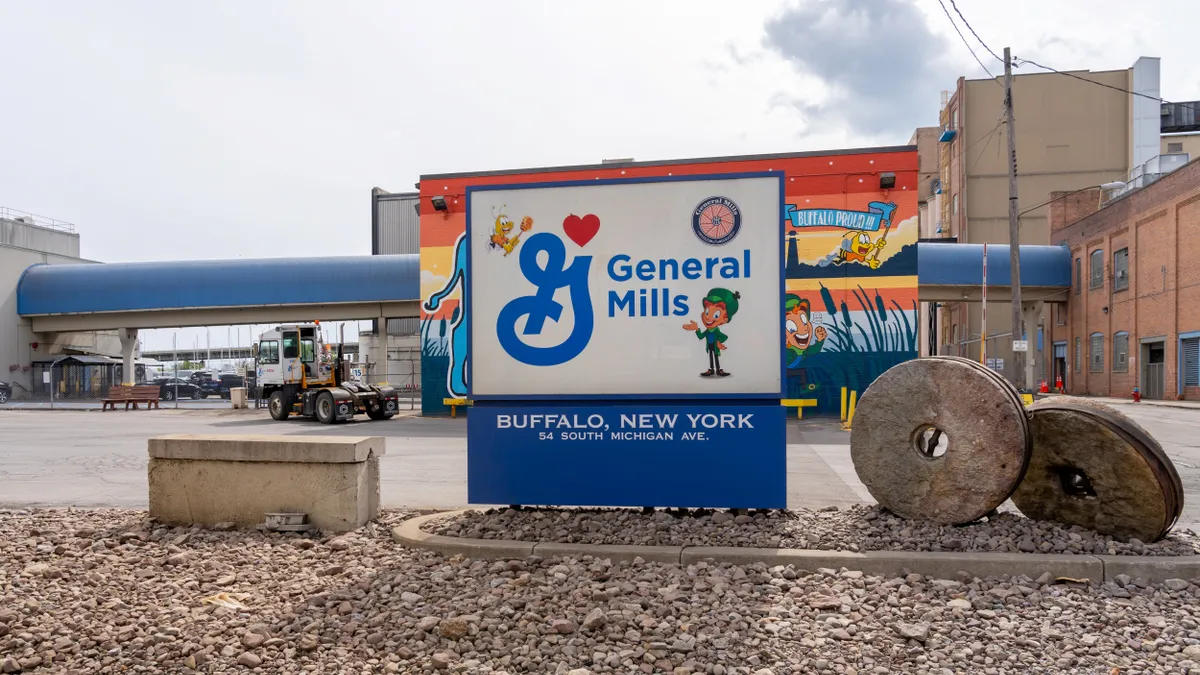Technology wins brought IT departments into the spotlight during the COVID-19 pandemic, but the most pressing takeaways for some CIOs are the soft skills learned along the way.
For Juan Perez, chief information and engineering officer at UPS, and Carissa Rollins, CIO at UnitedHealthcare Technology, collaboration and communication are the prevailing lessons learned for the future workforce.
Across the healthcare industry, there's been "unprecedented collaboration" among providers, Rollins said during WSJ's CIO Network Summit on Tuesday. There's also been more compassion among both the workforce and with customers, according to Rollins. Leaders adjusted their styles to better serve employees and they likely won't go back.
"We really need this collaboration to continue as we move forward outside of the pandemic to share data," said Rollins. For example, UnitedHealthcare shares information with partners such as clinics and the Department of Health and Human Services to coordinate care.
While UnitedHealthcare supported some remote work in the past, the focus shifted toward avoiding burnout as the pandemic rages on, according to Rollins. IT teams feel the effects of burnout especially hard as the company depends on them to keep services up and running.
For vaccine distribution through UPS, communication and collaboration have been critical to the company's success. "If you don't have that high level of precision in understanding what the expectations and the requirements are, it's very likely that the supply chain will fail," Perez said.
Internal communication also shifted at UPS. Individuals teleworking had to be able to communicate with those in the field, such as the IT department and delivery drivers respectively, according to Perez. The company supported connectivity efforts to engage with employees.
Technology that's here to stay
In the midst of adjusting to increased deliveries, UPS changed its decision-making and adapted to contactless options. Vaccine delivery required new methods and signatures than residential deliveries, according to Perez.
UPS had to adapt infrastructure and employees simultaneously to changing demand and remote work. "We're using technology extensively to be able to train and help people do that and ... many other changes in the way that we just support the network remotely," said Perez.
But UPS had a tech strategy already in place. From data analytics to cloud-based routing software, the company largely had the infrastructure to adapt.
"We didn't really have to make many adjustments to our infrastructure footprint to be able to support the organization," said Perez. "But what we did learn is that the processes that we use to do work needed to be adjusted."
The company currently has an internal cloud to run its applications, and is migrating to an external cloud providing software as a service to help the company scale according to demand, according to Perez.
In healthcare, patients used to the ease and convenience of virtual care will likely continue to expect the offering after the pandemic. "Another thing I think is going to endure is really the increased use of digital tools and the personalization of the healthcare ecosystem," Rollins said.
Telehealth tested UnitedHealthcare's technology preparedness, according to Rollins. The customer-facing service had to support a high level of virtual care visits during the pandemic and healthcare professionals needed the tools to do their job remotely.
"We're going to come out the other end with great tools that we will continue to use post-pandemic," Rollins said.
UnitedHealthcare's transition to the cloud will also continue. The company's cloud strategy already had key systems move to the cloud and the "continuous movement" will allow flexibility, scalability and support for remote work, according to Rollins.













